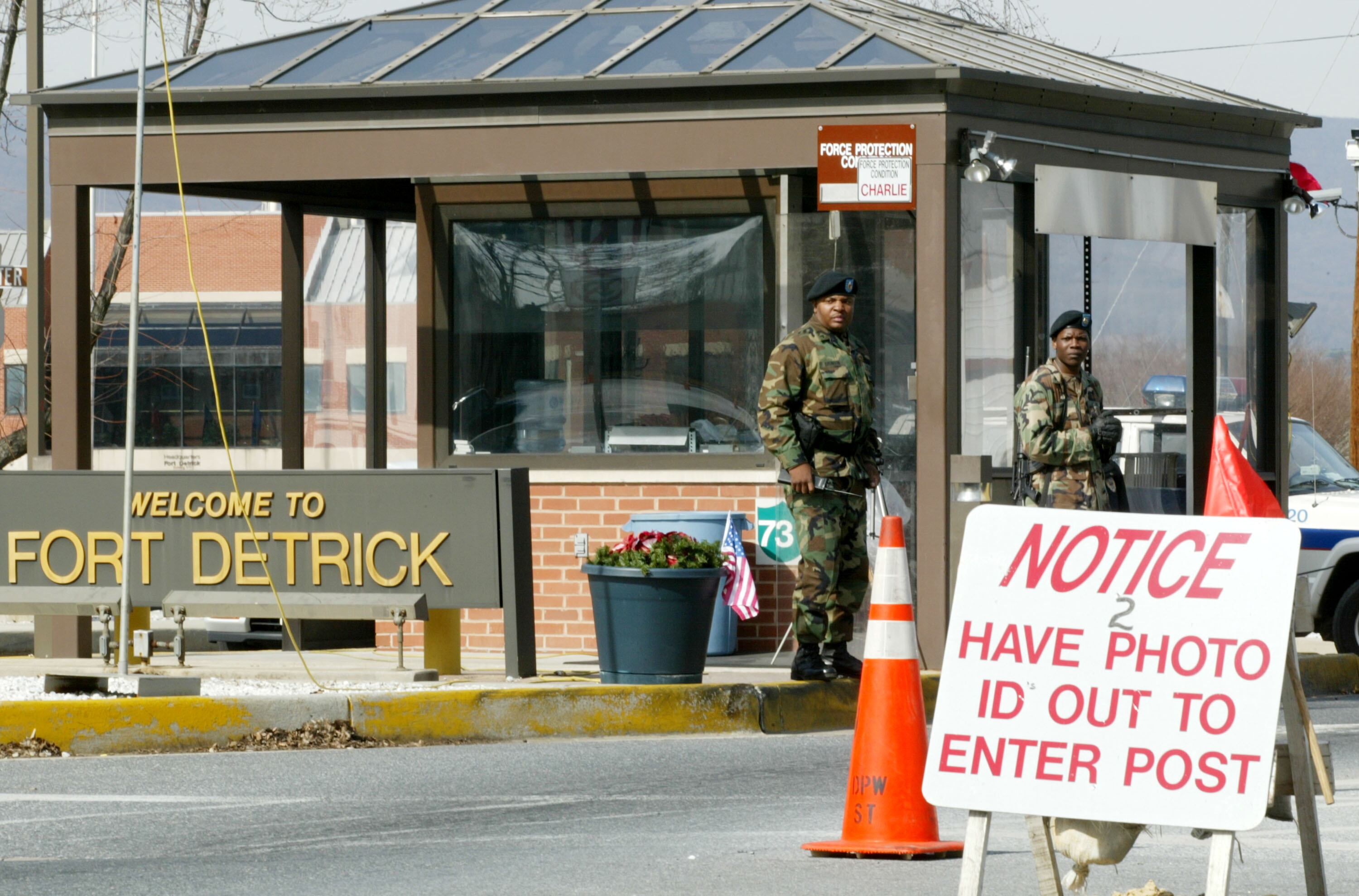General CQ Brown – President Joe Biden’s nominee to be the next Chairman of the Joint Chiefs of Staff – lamented about the recruiting crisis during an interview with me at the American Enterprise Institute last August.
“You can’t be something you can’t see,” he said, extolling the virtues of Junior ROTC programs in public high schools, not just to bring in young officer candidates but to expose their classmates to military life. Even though General Brown was not himself enrolled, he had this in his own high school.
The problem is today, the public seldom sees or interacts with the armed forces on a regular basis – interactions that can help foster enduring relationships that ultimately ensure support but also inherently help with recruitment.
This is because post-9/11 and COVID 19, and with the rise of alleged Chinese spying of U.S. bases, most of America’s military bases, posts, and installations are fortified fortresses that are unwelcoming to the public that pays for them.
While military recruiters are working miracles, most young people crave authentic interactions with others over manufactured exchanges.
To do this, it is time for the Fortress America mindset, and outdated access policies, to shift.
There is clearly a need to reestablish civilian exposure to the military through organic and routinized experiences. While we all want to clap for service members at sporting events, it is just as important for citizens to get to know their military neighbors through regular, casual exchanges.
Simply put, proximity to the military, and the defense industrial complex, breeds respect and draws potential recruits. A Brown University report found that states with a higher number of bases and defense contractors tend to have a higher number of military enlistments. The report notes the “rough alignment between the top contributing states, by population size, and the nation’s distribution of military bases and network of defense contractors, which cluster in the South and along both coasts.”
Instead of being intimidating armed forts, America’s vast network of military bases should be thought of as public places where troops work. Bases should be used as launch pads for civilian interaction and outreach to millions of Americans who live nearby but what may as well be far considering they’re “outside the wire.”
With appropriate precautions and notice to personnel, bases should work to welcome the visitor. Many installations have lures such as historical sites, well designed museums, equipment displays, and other attractions that young people would likely enjoy.
Nor is this a totally foreign concept.
In the past, bases have opened to their local communities to great benefit. Naval Air Station Pensacola used to grant public access to its golf course and beaches and shorelines. Fort Huachuca in Arizona grants one year access badges with a valid state driver’s license and background check. But if someone just wanted to view the “several thousand objects and documents” at the post’s historical museum or play at “one of the jewels of southern Arizona golf” or meet up with friends “for an afternoon or evening of fun” at the base bowling alley, they can receive a 30-day access badge. Just walking your dog or using the bike trails, come on in!
In Canada, all the bases are considered “open” and some even have a cost-sharing program when civilians take advantage of certain features like the golf course. No surprise then that Canada’s government reported that five metropolitan centers had the “largest share of military personnel among the total population aged 17 and older.”
The reason?
“The concentration of military personnel within certain urban [centers] reflects their proximity to military bases.”
Seems appropriate since their Army’s motto—vigilamus pro te—is that soldiers “stand on guard for thee.”
Reorienting the U.S. military mindset, and the policies that enforce this unspoken culture, away from the security state and back to working to keep safe their fellow citizen starts with welcoming the taxpayer back onto military installations across the United States.
Congress should be asking harder questions about why access has gotten more, not less, restrictive over time. The White House should launch a tiger team effort to review policies like Homeland Security Presidential Directive 12, which governs access to federal facilities, to see what can be sunsetted, modified or updated to selectively open up America’s bases—within reason and where appropriate. Base commanders should start reviewing access policies immediately with an eye toward loosening restrictions and making it easier for civilians to come see, learn, and enjoy the fruits of their funds on post.
The isolation of troops from civilians has indirectly but no less insidiously harmed interest in and support for the American military over time. Members of the armed forces should not be some unapproachable and rare species behind fortified walls from which no one is able to strike up a conversation.
If the military truly wants to be humanized, as outgoing Army Chief of Staff General James McConville recently pleaded, opening up bases and posts will be one meaningful step to help “inspire and hire” the next generation of service members.
Mackenzie Eaglen is a senior fellow at the American Enterprise Institute.
Have an opinion?
This article is an Op-Ed and as such, the opinions expressed are those of the author. If you would like to respond, or have an editorial of your own you would like to submit, please email us. Want more perspectives like this sent straight to you? Subscribe to get our Commentary & Opinion newsletter once a week.





